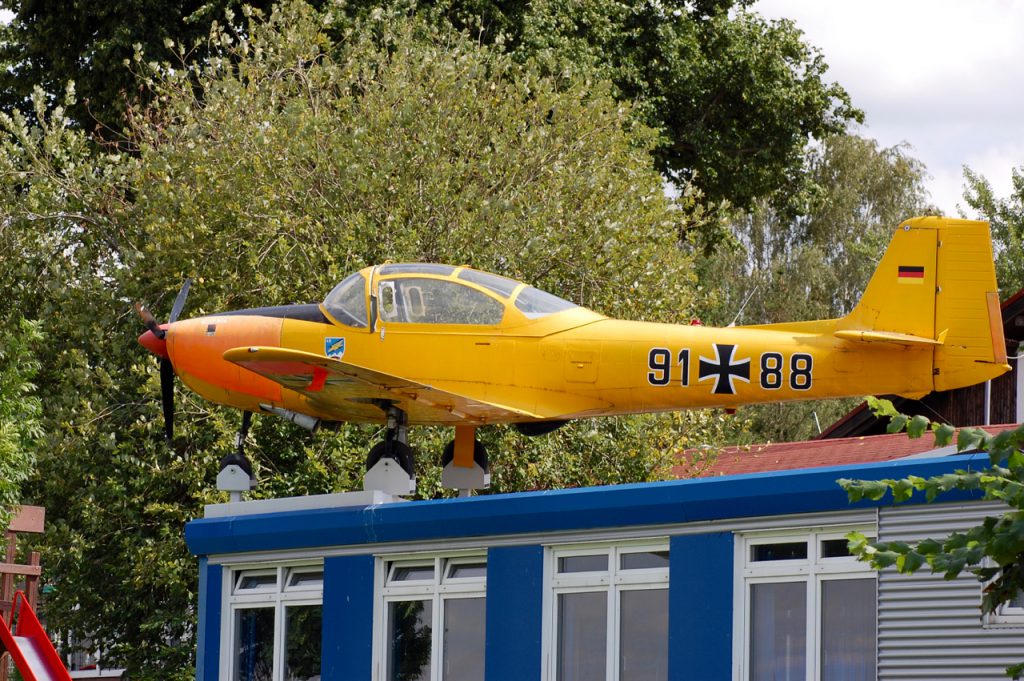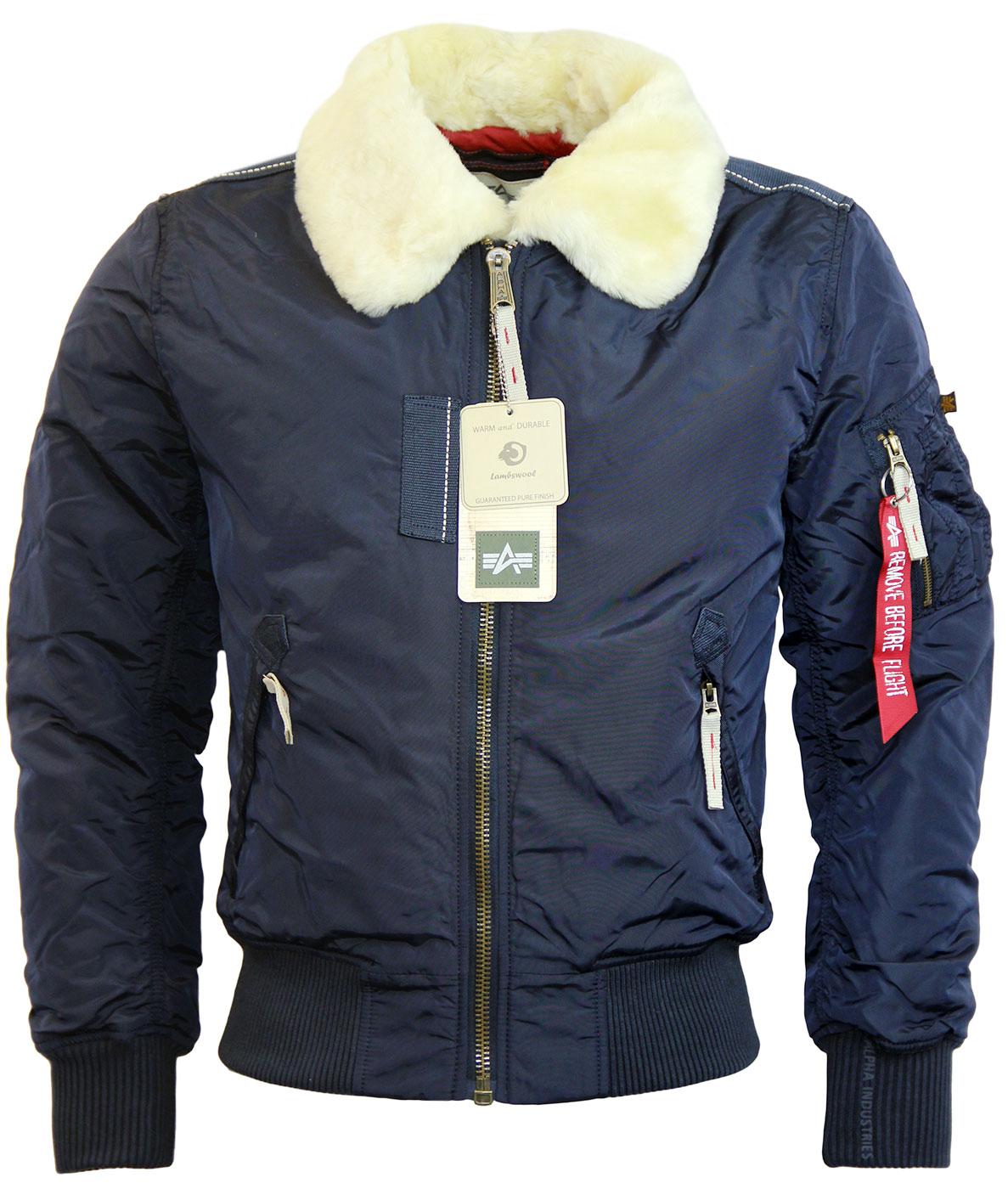

Mail and passenger operation, and the particular version shown

The aircraft was used in limited numbers for The zero-lift drag coefficient for theĪircraft is seen from table II to be about the same as that for the Lockheed Vegaĭiscussed earlier. Incorporated an anachronistic fixed landing gear together with an
#Alpha mail pilot full
The Alpha employed a low wing of cantilever constructionĪnd a full NACA-type cowling around the radial engine, but
#Alpha mail pilot skin
Thin metal skin is usually enhanced by numerous internal
Load-carrying capability of the structure. In this type of structure, the metal skin is smooth, notĬorrugated, and contributes significantly to the stiffness and Type of structure was tile Northrop Alpha, illustrated in figureĤ.9. United States to employ an all-metal stressed-skin semimonocoque One of the first aircraft developed in the Use of wood as a primary material for construction had manyĭisadvantages, and some form of light, stiff, all-metal monocoque High-performance configurations later in the decade. Again, the use ofĮffective high-lift flaps became standard practice on

Than increasing the maximum lift coefficient. Increasing the drag in the approach and landing maneuver rather The aircraft had a rudimentary trailing-edge flap īut like most early flap systems, this was used primarily for Anotherįeature the Orion lacked was an effective high-lift flap systemįor increasing the maximum lift coefficient and reducing the Such propellers became generally available and were inĬommon use on high-performance aircraft by the mid-1930's. The fullĪerodynamic potential of a low-drag high-performance aircraftĬannot be realized without the use of a controllable-pitch Requires some sort of variable pitch propeller in order that theĭesired amount of power may be efficiently extracted from theĮngine over a wide range of flight conditions. AnĪircraft with as broad a speed range as the Lockheed Orion Propeller-driven aircraft in its final definitive form. Yet, the Orion lacked severalįeatures that later became an integral part of the The Lockheed Orion represented an extremely high level ofĪerodynamic efficiency, a level that has seldom beenĮxceeded in the years since 1931. Government regulations disallowed the use of single-engineĪircraft for scheduled passenger-carrying operations. Transport then too, there was a growing feeling that airlineĪircraft should be equipped with multiengines. Perhaps because it was not really large enough for an airline The Orion firstįlew in mid-1931 and was produced in only limited quantities, Outweigh the relatively small increases in weight. Use on an aerodynamically clean aircraft were found to far However, the spectacular reductions in drag associated with its Many years to be too heavy for practical use in aircraft design The retractable landing gear had been thought for Improvement in aerodynamic efficiency realized by retracting the Lockheed Vega gives a good indication of the magnitude of the The value of this coefficient is seen toīe remarkably low, even when compared with values for present-dayĪircraft and a comparison with corresponding values for the The corresponding value of the zero-lift drag coefficientĬ D,O is 0.0210. Miles per hour at sea level and a cruising speed of 200 miles per The data in table II indicate that the Orion had a maximum speed of 226 This aircraft, as on the Vega, employed a single-speed, gearedīlower to provide improved engine power output at the cruiseĪltitudes of the aircraft. Figure 4.8 - Lockheed Orion 9D mail and passenger Was also retractable in order to provide further increases in. Short and thus light, and the wing provided an ideal stowage spaceįor the gear in the retracted position. The low-wing configuration was particularly adaptableįor the use of a retractable landing gear. The method ofĬonstruction employed in the Orion was the same as that utilized Was a six-passenger, low-wing monoplane, with the pilot located inĪn enclosed cockpit forward of the wing. Took this next step in improving aerodynamic efficiency. Gear would be expected to be a significant portion of the totalĭrag hence, retraction of the gear would be expected to give a Which was characterized by cantilever wings, highly streamlinedįuselage, and efficiently cowled engine, the drag of the landing On an aircraft such as the Lockheed Vega, however, Landing gear was a relatively small percentage of the total dragĬoefficient. Improvement in performance since the drag contribution of the Retraction of the landing gear on a high-dragĪircraft, such as the DH-4, would result in very little The Lockheed Vega could obviously be achieved by retracting the Subsequent improvements in the performance of a monoplane such as Vega, illustrated in figure 4.3, represented the highest level ofĪerodynamic efficiency achieved by a high-wing monoplane withįixed landing gear by the year 1930.


 0 kommentar(er)
0 kommentar(er)
